Skype: neodalle-travel
Tel: +86 135 7447 2266
E-mail: sales@visitaroundchina.com
What to see?
Zhenguo Temple is divided into two parts: the front part and the back part. The gate of this Buddhist temple, which is also called the Tianwang Hall, has one bell tower on the left and one drum tower on the right. In the center is the Ten-Thousand-Buddha Hall. In the back of the temple are the Kwan-yin (Goddess of mercy) Shrine and the Dizang (God in charge of death) Shrine.
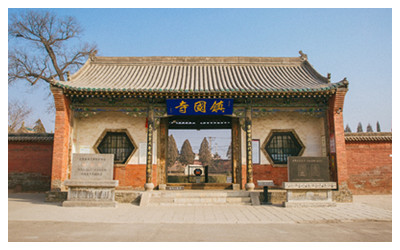 |
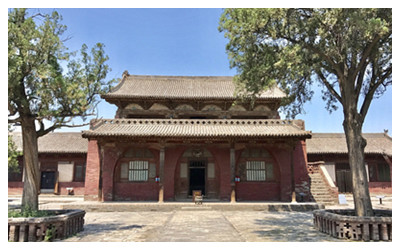 |
Zhenguo Temple is famous for its building technique and the color-painted sculptures of the Five Dynasties. In terms of its building technique, the most representational is the Ten-Thousand-Buddha Hall, which is one of the three oldest timberworks in mainland China. In order to protect the Ten-Thousand-Buddha Hall from degradation under the eaves, a certain kind of large eave that is far longer and wider than the room itself was adopted when it was built. 'Dougong', a kind building technique, was applied to support the large eave.
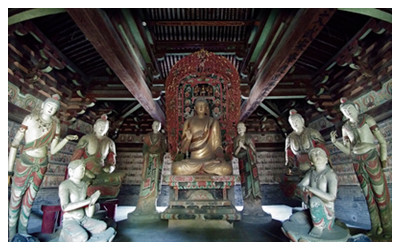 |
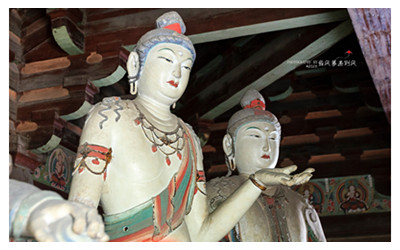 |
Inside Zhenguo Temple there are eleven sculptures that belong to the Five Dynasties. These painted sculptures are valuable in terms of archaeology. The main sculpture is a sitting sculpture of Sakyamuni (founder of Buddhism) in the middle. On its sides are the sculptures of his apprentices along with other gods. All of these sculptures have different facial expressions and shapes. Though these sculptures have been renovated several times, the distinguished features of color-paint in the Five Dynasties are obvious.
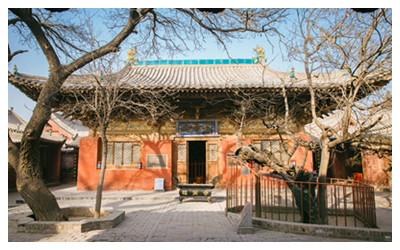 |
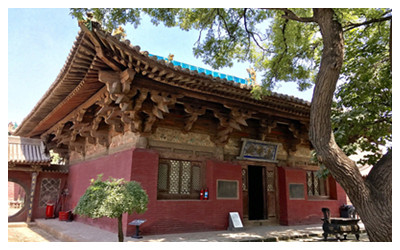 |
There are another two scenic spots especially worth a look here. One is the half stele of the Northern Han Dynasty. This half stele was originally collected by the builders who wanted to set up a stele to record the building process. Then they found that the calligraphy on the stone was so beautiful that they finally decided to keep it in Zhenguo Temple. Later, scientists proved that the half stele turned out to be an epitaph for Liu Jiqin, grandson of Emperor Liu Chongzhi in the Northern Han Dynasty.
Travel Tips
Add: 12 kilometers away from the northeast of Pingyao Ancient City
Entrance Fees: CNY 125 ( This is the ticket fare of Pingyao Ancient City combo ticket, including a visit to almost all scenic sites in the ancient city).
Opening Hours: 08:00-17:30
 Ask Questions ?
Ask Questions ?